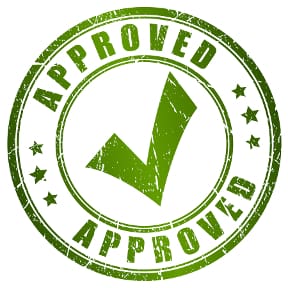The new “Common Assessment Standard” is being introduced as a new way to reduce the number of accreditation’s SME suppliers in the construction industry need to gain in order to comply with Health & Safety in the industry.
The Common Assessment Standard (CAS) will initially be available through CHAS, ConstructionLine and Achilles. The idea is that the other major providers will then join in the scheme.
The assessment process for (CAS) is likely to require additional and more robust information than the current health and safety requirements already in place for the three providers. There will also be a price increase for assessment fees but will work out more cost effective if you are in the position where you need more than one accreditation to work with your clients.
The new Common Assessment Standard (CAS) will contain 248 questions, covering your companies’ health and safety, financial health, environmental performance and corporate and social responsibility.
This is in comparison to the 190 questions already being asked at the moment.
We will keep you updated with the latest information on release dates and how we can help you, in the meantime if we can help you with anything please get in touch.














